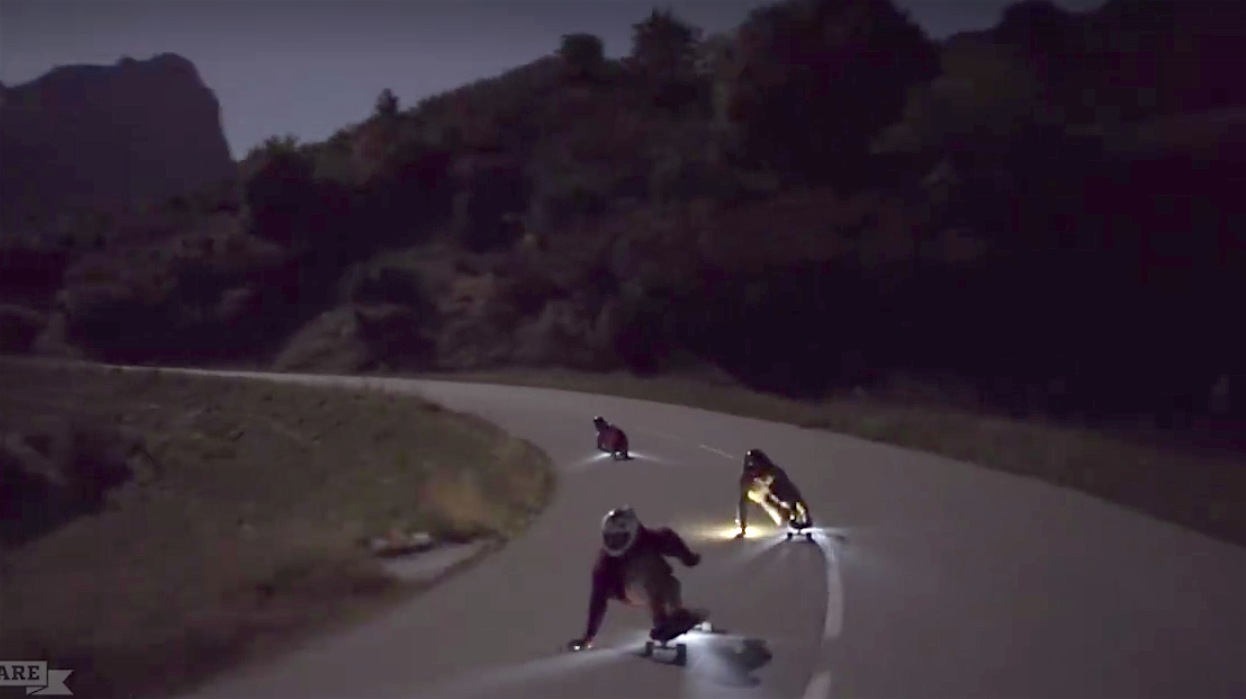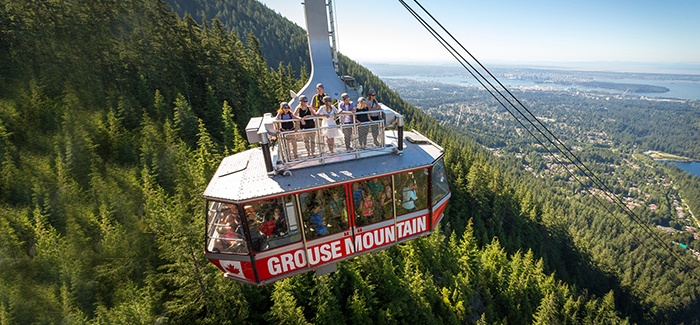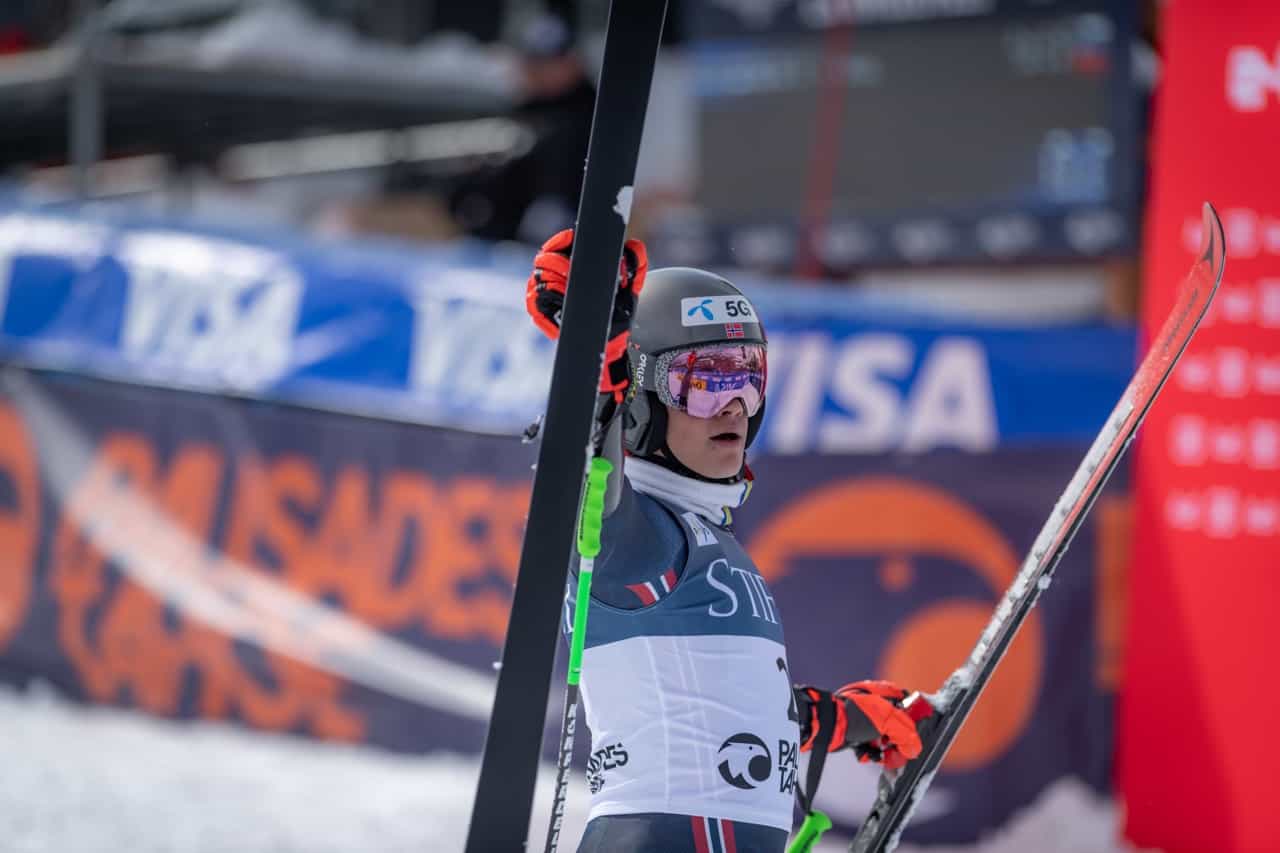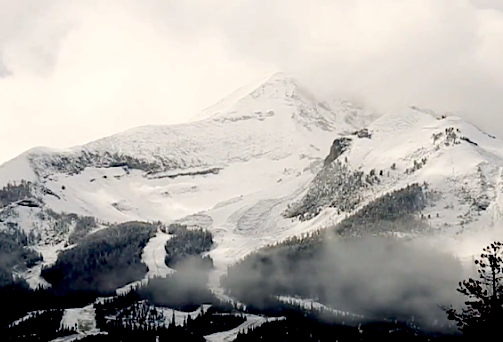
We all know cars have blind spots. Some larger than others, but that’s no new news.
The question here is: Do skiers and snowboarders have blind spots? And if so, where?
The answer lies not in the gear, or the thick layers of fleece, down, and Gore-Tex apparel. Nor does it have anything to do with those nice new, brightly colored, reflective goggles, or even the bulky helmet they are attached to. The answer lies within the biological structures of the eye itself. In fact, because of this, it’s not just skiers and snowboarders that have blind spots, it’s everyone.

The way humans process visual information through the eyes is quite a complicated process. That being said, I will explain as briefly and clearly as I can.
In an abridged version, the eye focuses an image onto its retina by “bending” or refracting the light through two structures called the cornea and the lens. The cornea is a rigid, transparent structure on the outside of the eye that starts this process of refraction. The lens is a transparent pouch behind the pupil that changes its shape to further pinpoint the image onto the center of the retina.

The retina is a thin layer of neurons lining the inside of the eyeball. This thin layer of neurons processes the refracted visual image by the use of neural cells called photoreceptors. When a visual stimulus is presented, some photoreceptors are “activated” while others are “deactivated”.

Ultimately, photoreceptors send their information to the brain via optic nerve fibers. These nerve fibers line the inside of the retina and carry electrical signals from different portions of the retina to the optic nerve and ultimately the brain.
How does this all relate to a blind spot? Since the optic nerve is made up of optic fibers from the retina, there has to be a gap in the retina for those nerve fibers to leave. This gap is called the optic disc or in our case, the blind spot. The optic disc is so packed with nerve fibers sending electric pulses to the brain there is no room for any photoreceptors. With an absence of photoreceptors, visual information from your field of vision that lands on this area of the retina is never processed and is lost.
Just how big is this area in our visual fields? It is said to be ten times larger than the image of a full moon!! How is it that we never really notice such a large of a chunk of our vision missing?

Systems in the brain “fill in” this missing information by using cues from your present visual field as well as remembering what things look like in your location outside of your field of vision. The brain then “interprets” what you see in this area to create an uninterrupted visual scene. Even still, you can experience the blind spot through specially designed diagrams, or exercises shown below.

Close your left eye and hold this web page about 8-9 inches from your right eye. Look at the cross and slowly move your head forwards and/or backward until the black circle disappears. This will happen when light rays from the black circle fall on the place where the optic nerve enters the retina – referred to as your “blind spot.”
Does this affect your skiing or snowboarding? No, probably not, but it’s good to know and interesting to think about all the same.





How do we go blind?
lol
That blind spot test is nuts. Remember doing that at school